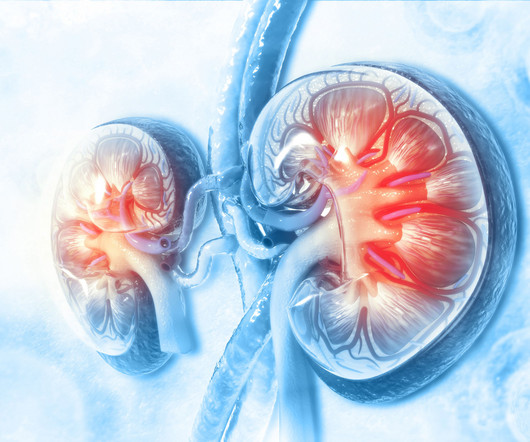FDA Issues Complete Response Letter to Manufacturer of OLC, Treatment for CKD-Related Hyperphosphatemia
Pharmacy Times
JULY 2, 2025
Common adverse reactions included gastrointestinal issues, with a low discontinuation rate due to adverse drug reactions. 2,4 The open-label, single-arm, multicenter, multidose study enrolled 86 patients with CKD and hyperphosphatemia receiving maintenance hemodialysis.














Let's personalize your content